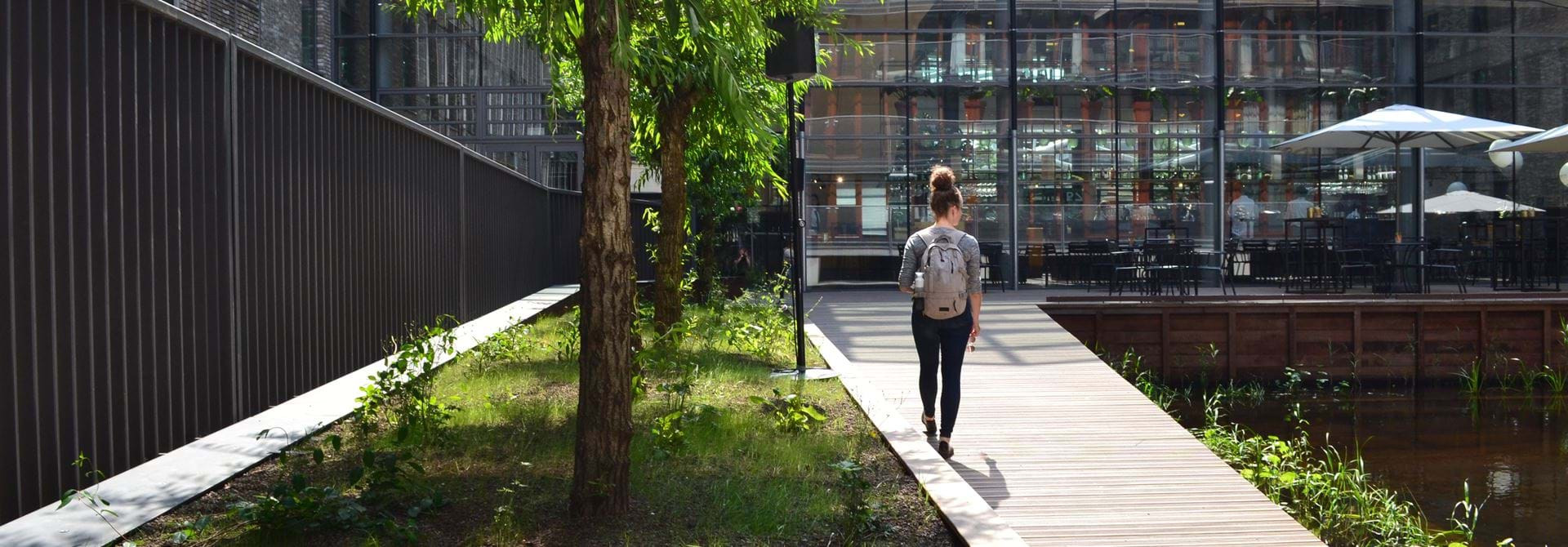
- Home EN
- Real Value for Life
- Climate adaptation
Climate adaptation
The different weather patterns emerging through climate change pose a challenge in urban areas. They influence our health, our quality of life, and home and office comfort and this, in turn, can cause economic damage. By making sure our buildings are adapted to these developments, we are reducing our vulnerability to the current and future impact of climate change. This is how we create real value for life.
Why climate change adaptation?
The World Economic Forum has calculated that the risks associated with climate change are one of the greatest dangers to our prosperity. The physical impact, such as the damage caused by flooding, heavy rain, drought, heat and strong winds, is increasing steadily. At the same time, there is a financial risk which stems from related changes in economic behaviour, legislation and technological development. And rising sea levels are threatening life in river delta areas across the globe, pressurising social welfare.
This is why climate-related risks must be part of all investment decisions, in the short, mid and longer term. Our aim is to develop property portfolios which are resistent to the changes wrought by the weather – in other words, to make them climate-adaptive. This approach ensures our surroundings remain pleasant places to live and our investments are future-proof.
How do we do this?
We assess the physical climate risks facing our buildings via a stress test that gives us insight into their potential vulnerabilities in terms of flooding, heat, drought and water. The results allow us to take measures to prevent damage and guarantee the wellbeing of our tenants now and into the future.
We work to stimulate climate adaptation both in our buildings and in their immediate surroundings. Boosting the amount of greenery is an effective way of dealing with rainwater and keeping the temperature low. Roof gardens, such as those on the shoppoing centre Gouda Goverwelle, WTC The Hague and on The Garage offer a pleasant place to spend time as well as storing water and moderating temperatures. Bouwinvest recently bought a number of rental properties on Oostenburgereiland in Amsterdam which are being transformed in line with the demands of the Amsterdam Rainproof project. When completed, each unit will be able to absorb six litres of rainwater per m² per hour.
